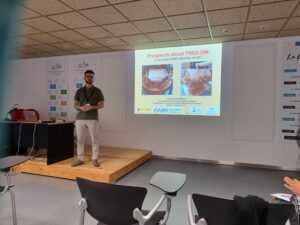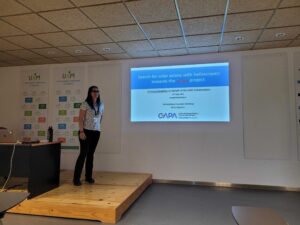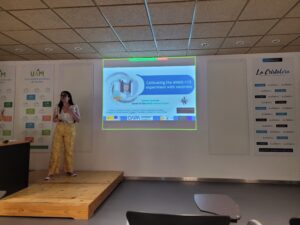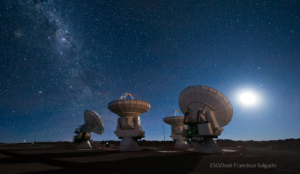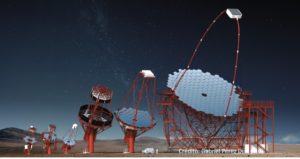
Cherenkov telescopes are instruments optimized for detection of very high energy (VHE, E > 100 GeV) gamma rays from astrophysics sources. They play a crucial role in testing possible consequences of Quantum Gravity (QG), such as violation or deformation of Lorentz symmetry. In both cases, the photon dispersion relation is modified, making the photon group velocity energy dependent, and possibly modifying kinematics and dynamics of electromagnetic interactions. These tiny effects are vastly below the sensitivity of present-day laboratories. However, if real, they could be measured using VHE gamma rays of astrophysical origin. Cosmological distances that they cross serve as a natural amplifier for the QG effects. While no deviations from the special relativistic predictions have been detected, strong constraints have been set on modified photon dispersion relations.
In this session we will explain the process of testing implications of modified photon dispersion relations on VHE gamma rays using Cherenkov telescopes. We will cover different stages from observations, Cherenkov telescopes’ data analysis, statistical methods employed, and finally setting constraints on the QG energy scale.
Jueves 12 mayo, 12 horas, seminario de Física Nuclear, on-line (Google Meet)
Cartel


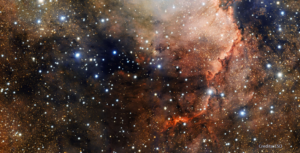
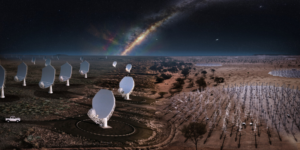
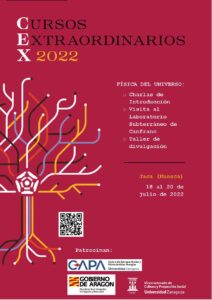 El curso extraordinario de la Universidad de Zaragoza se ha desarrollado del 18 al 20 de julio de 2022.
El curso extraordinario de la Universidad de Zaragoza se ha desarrollado del 18 al 20 de julio de 2022.